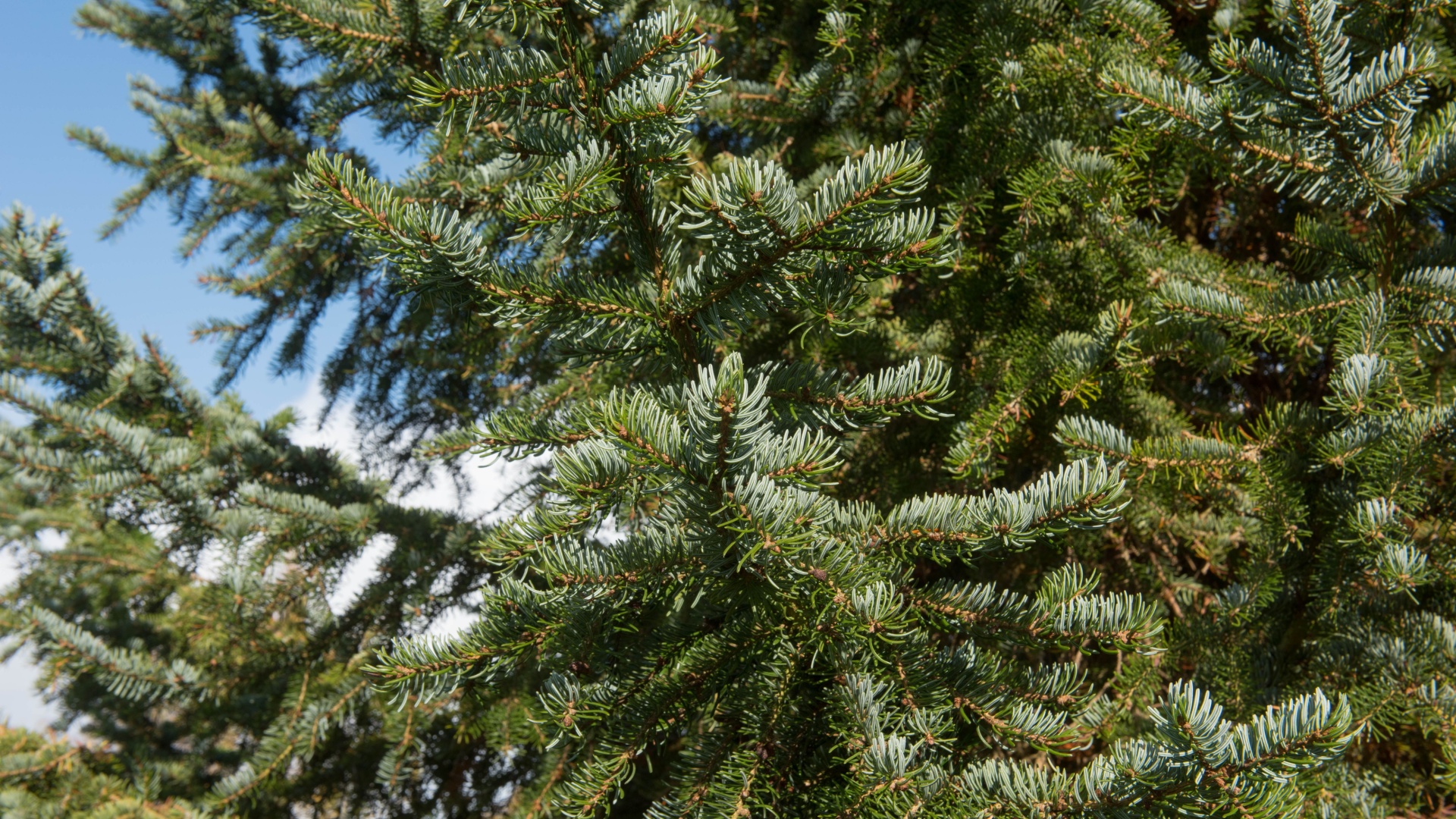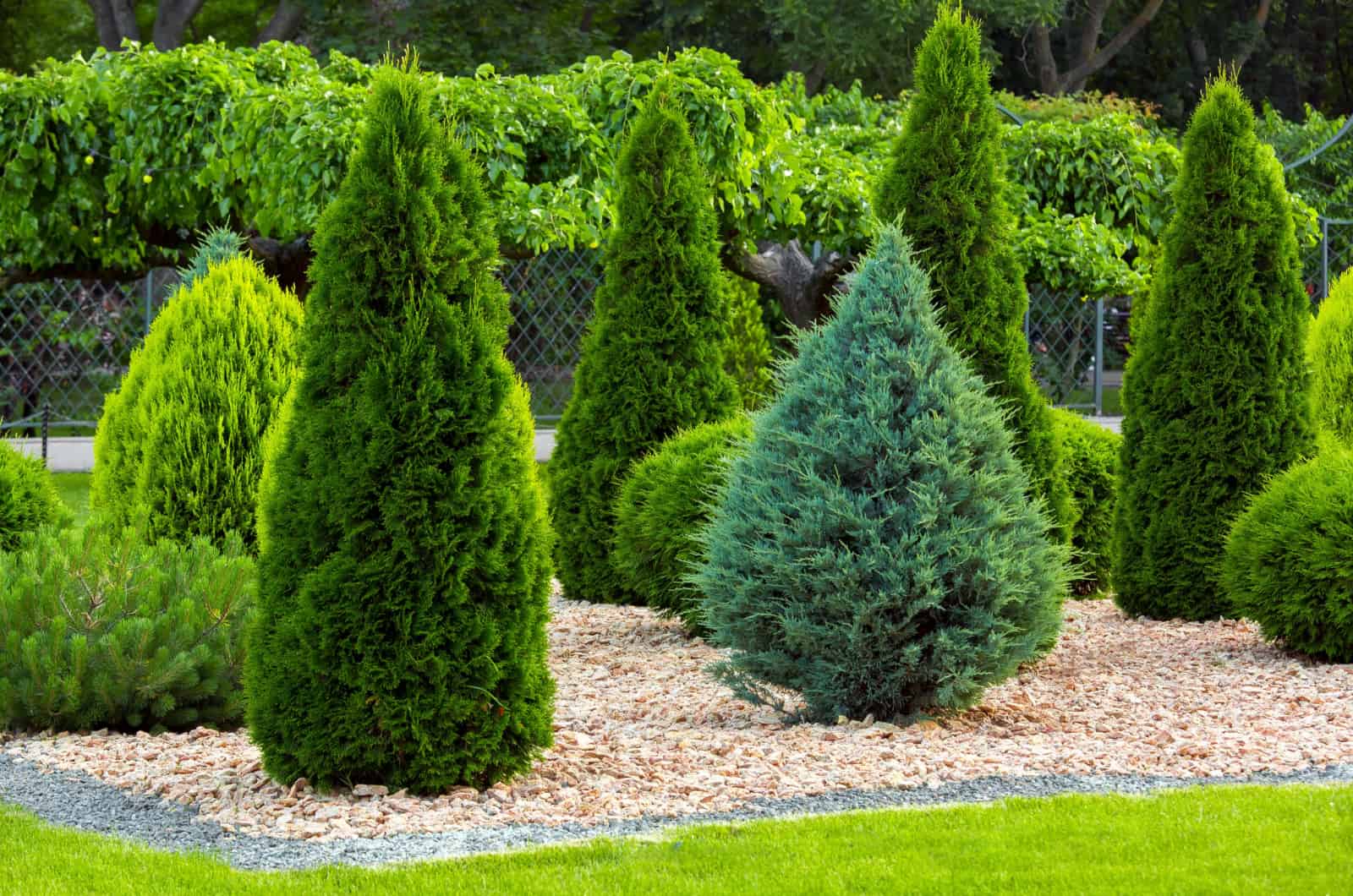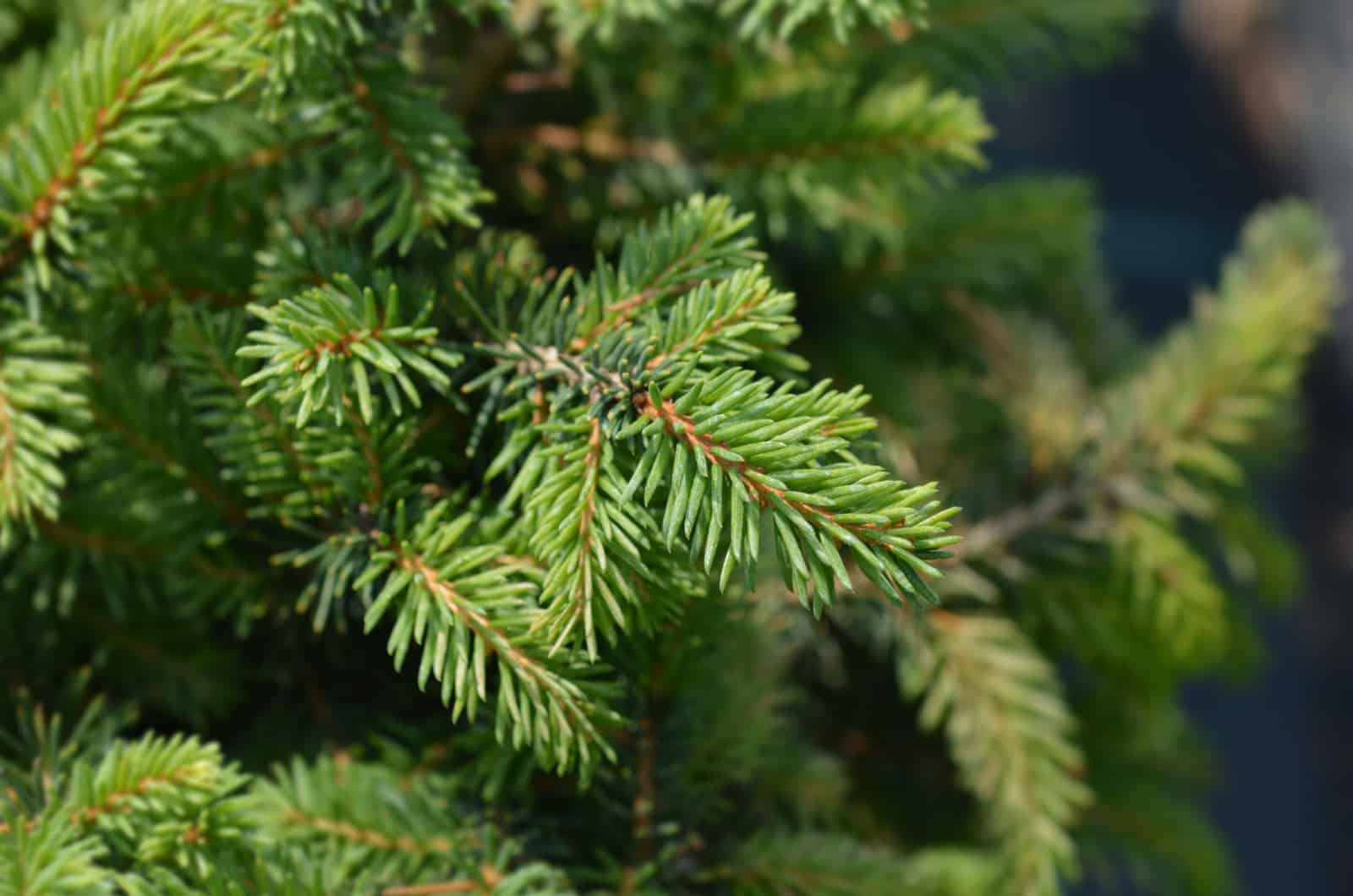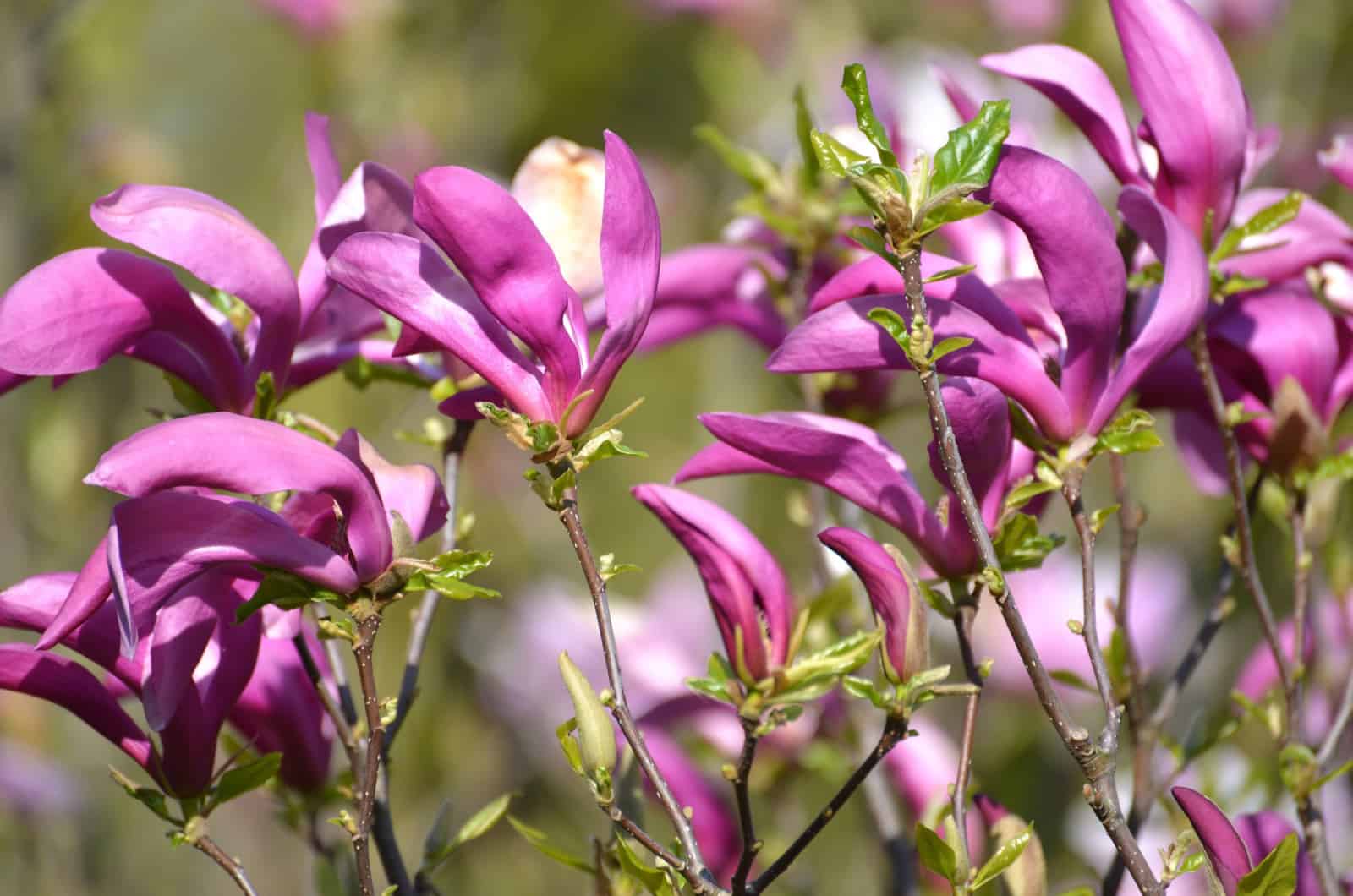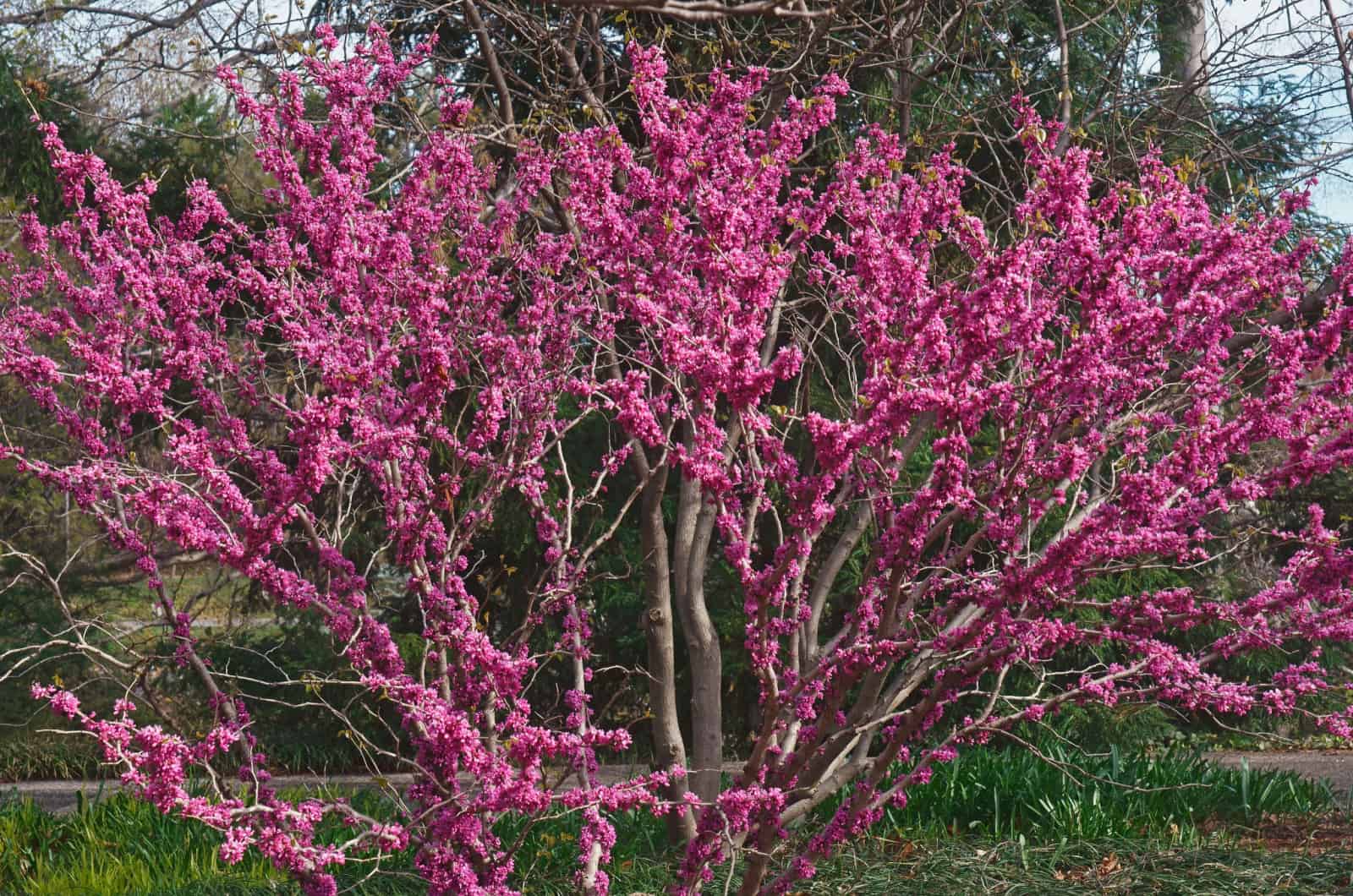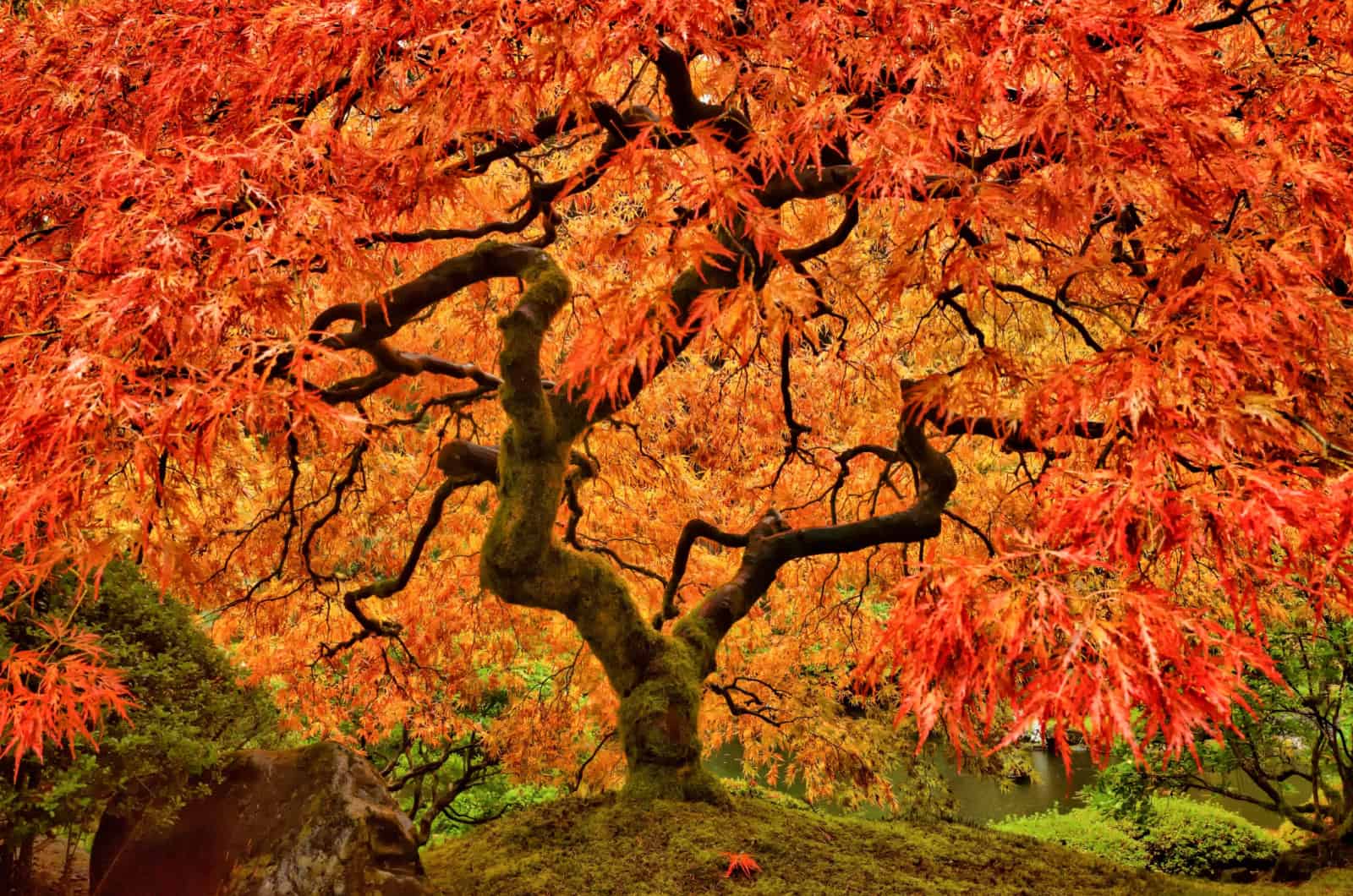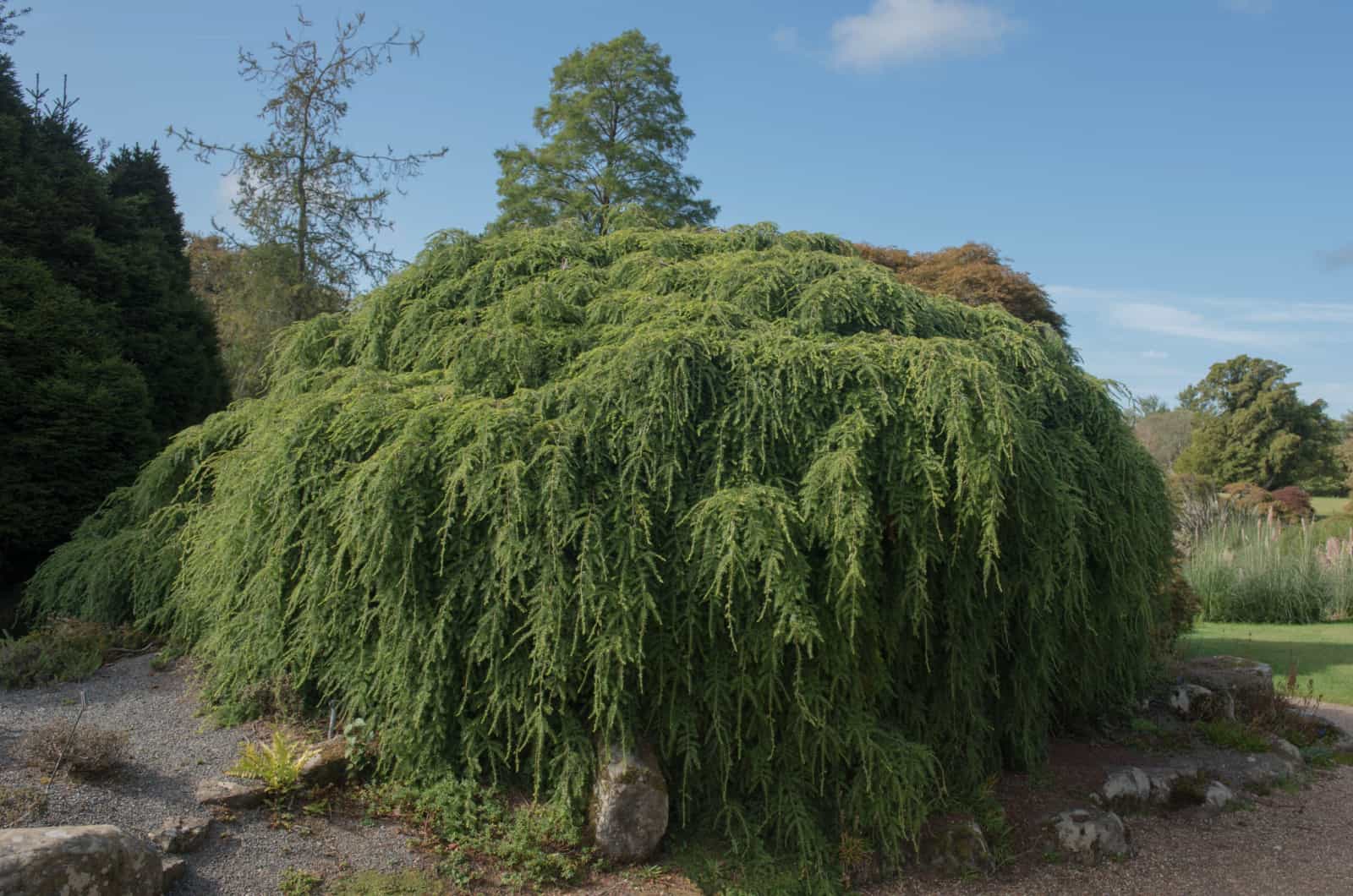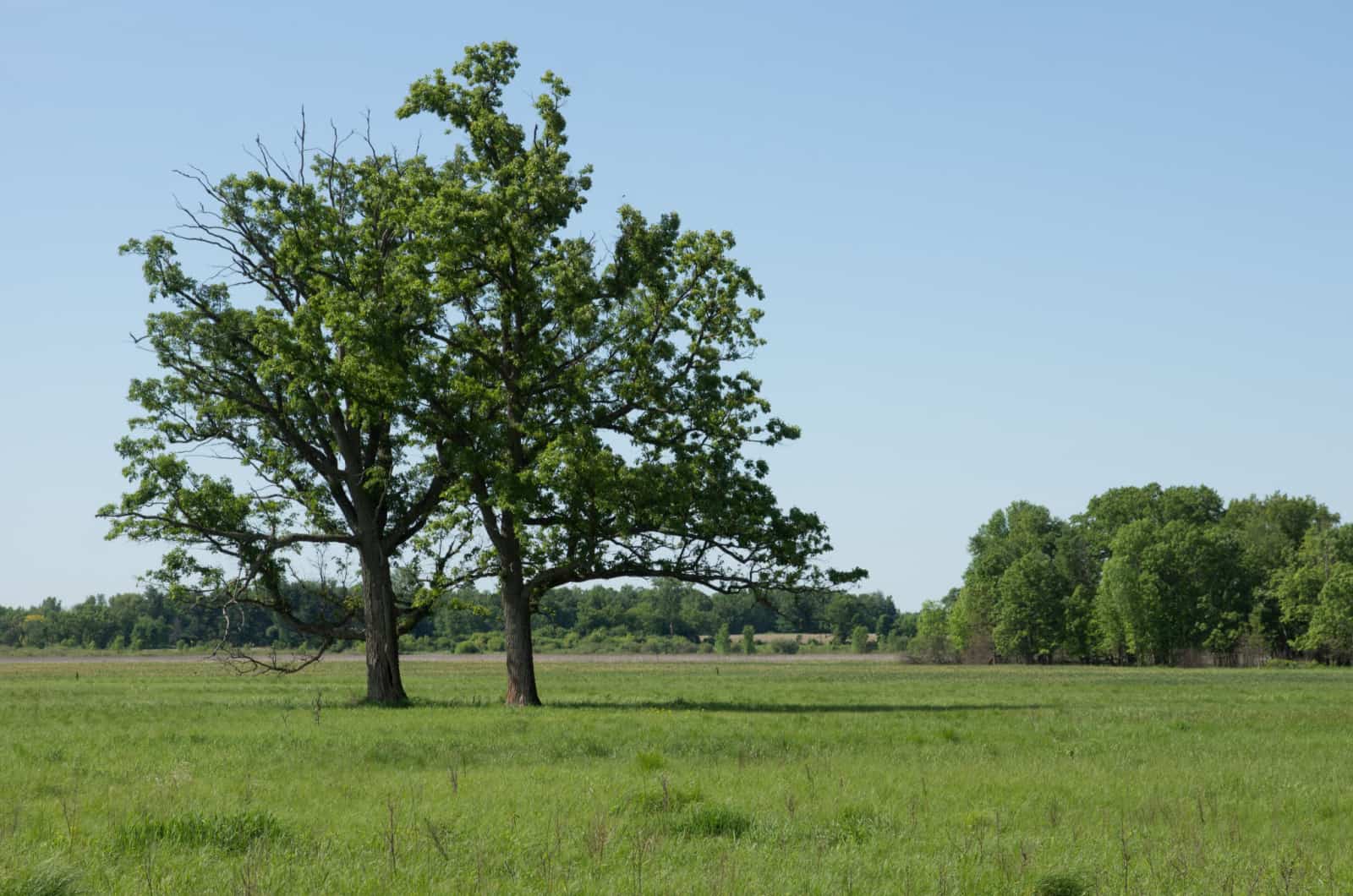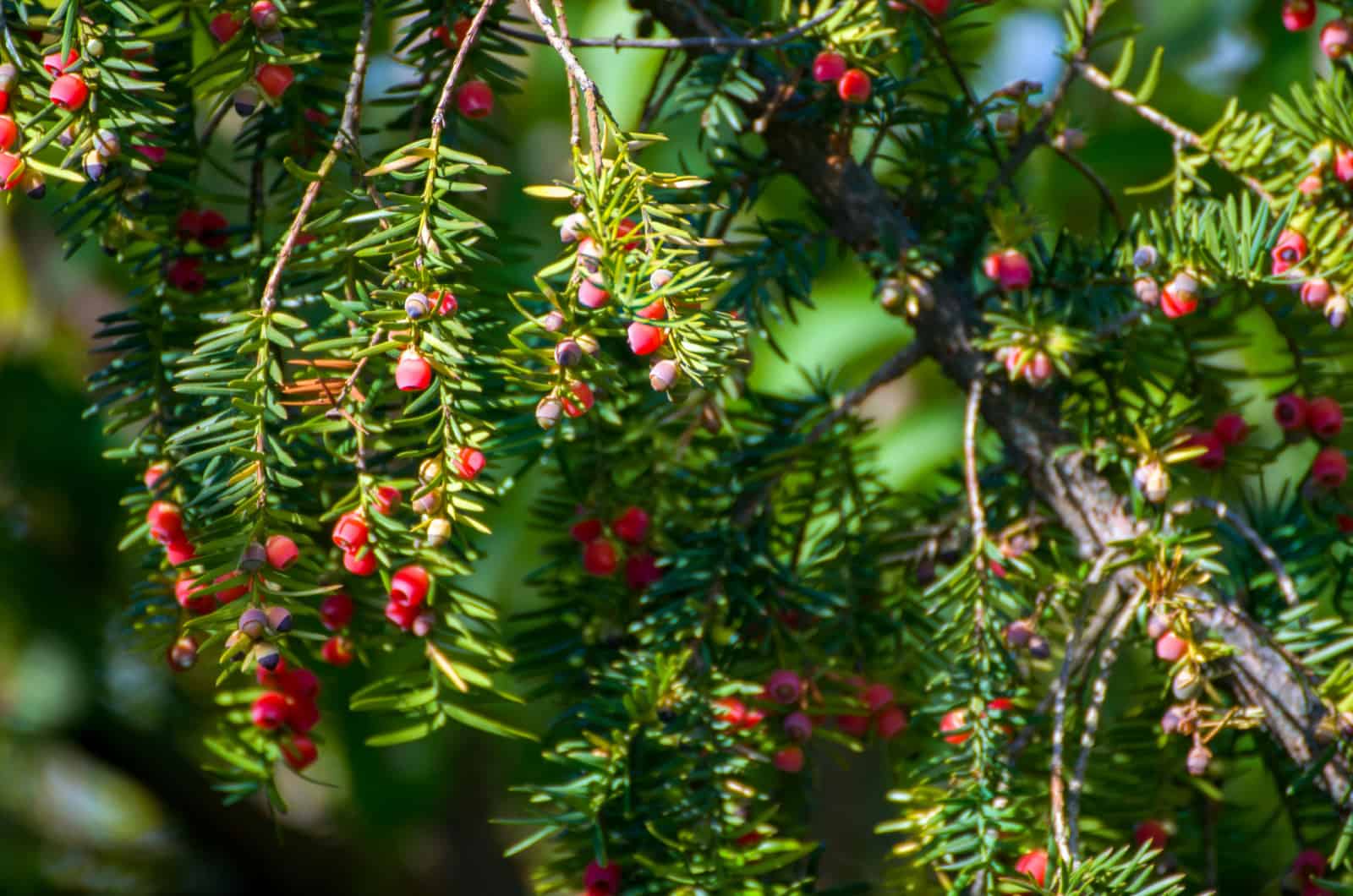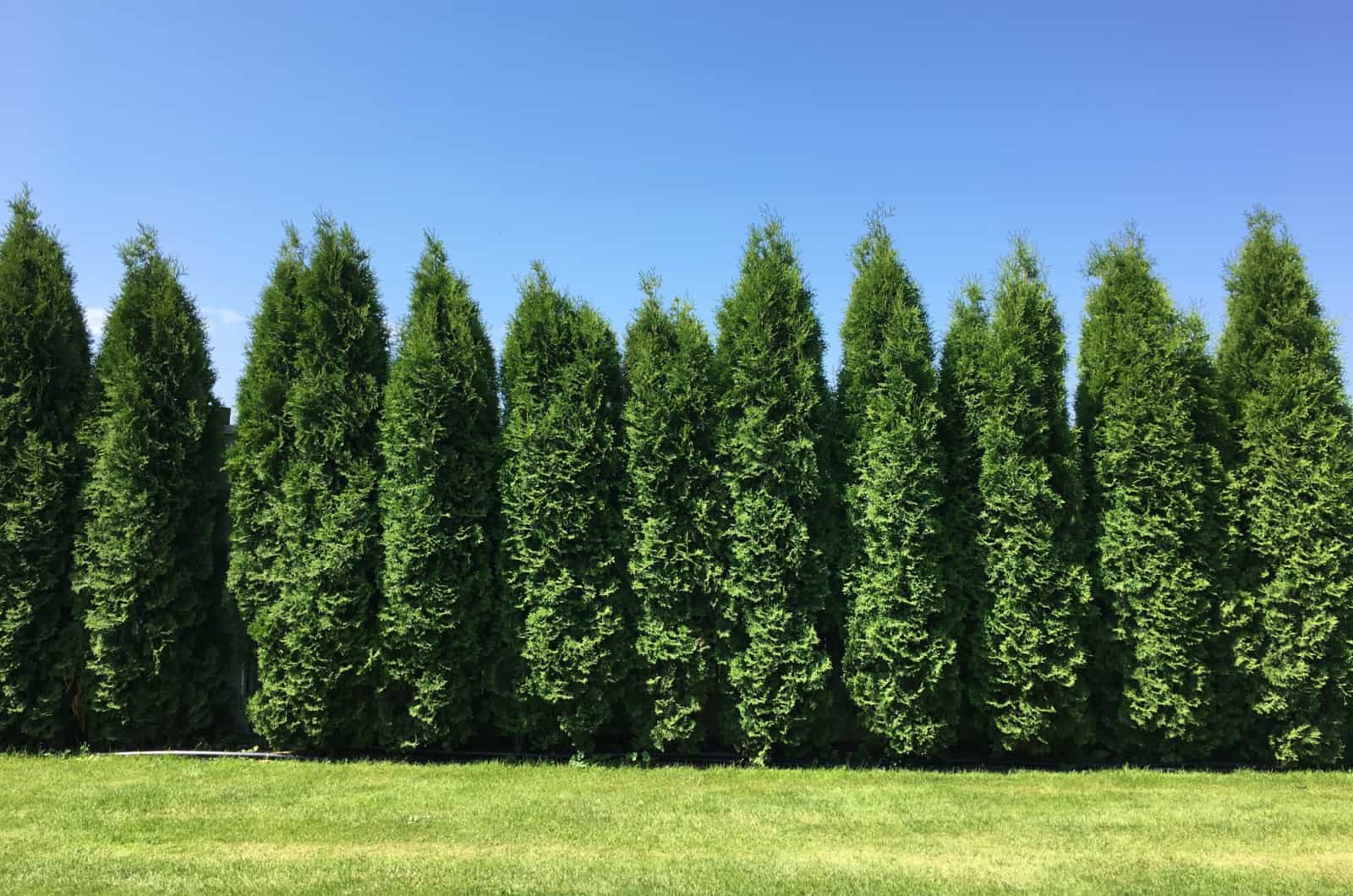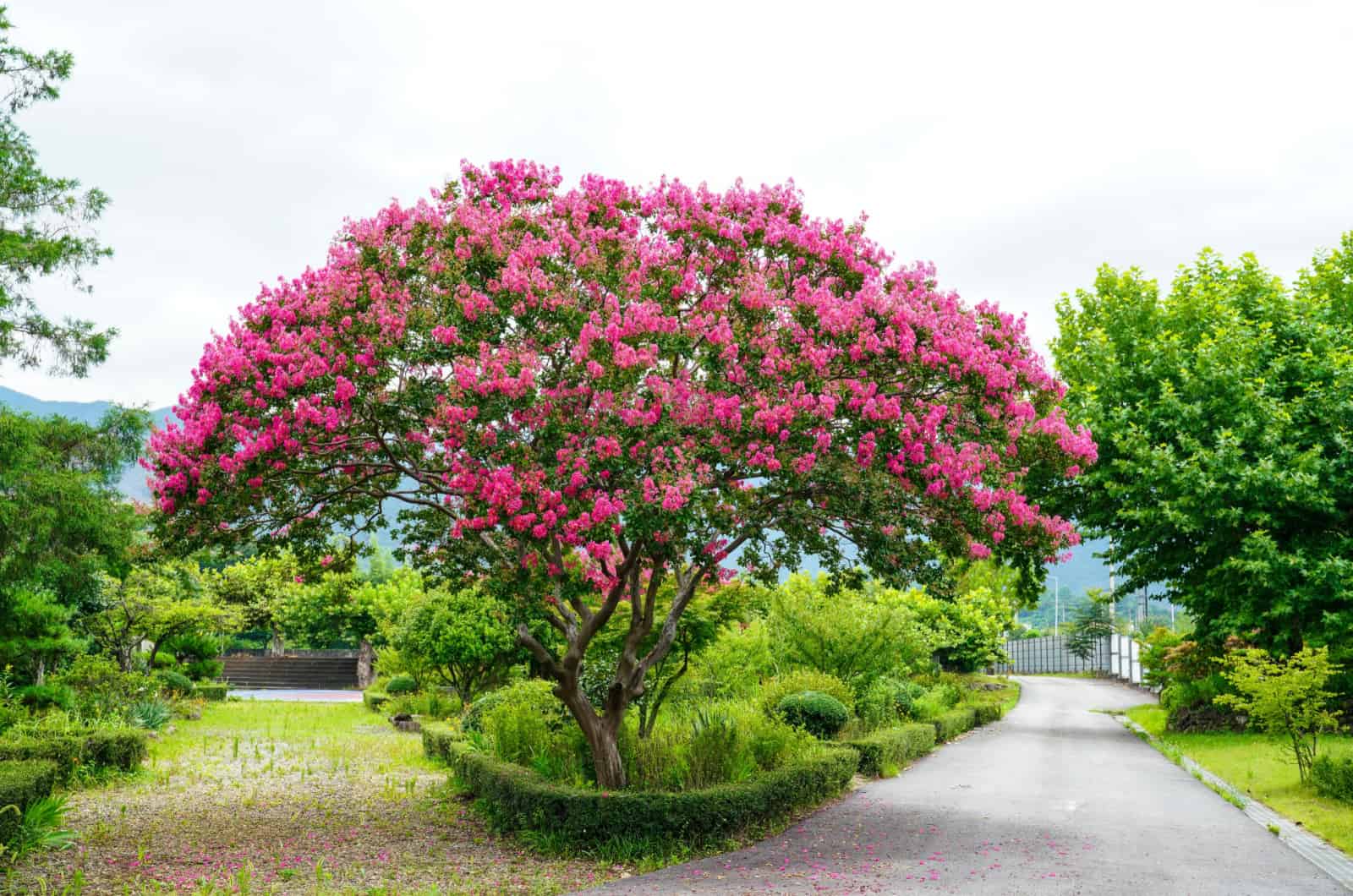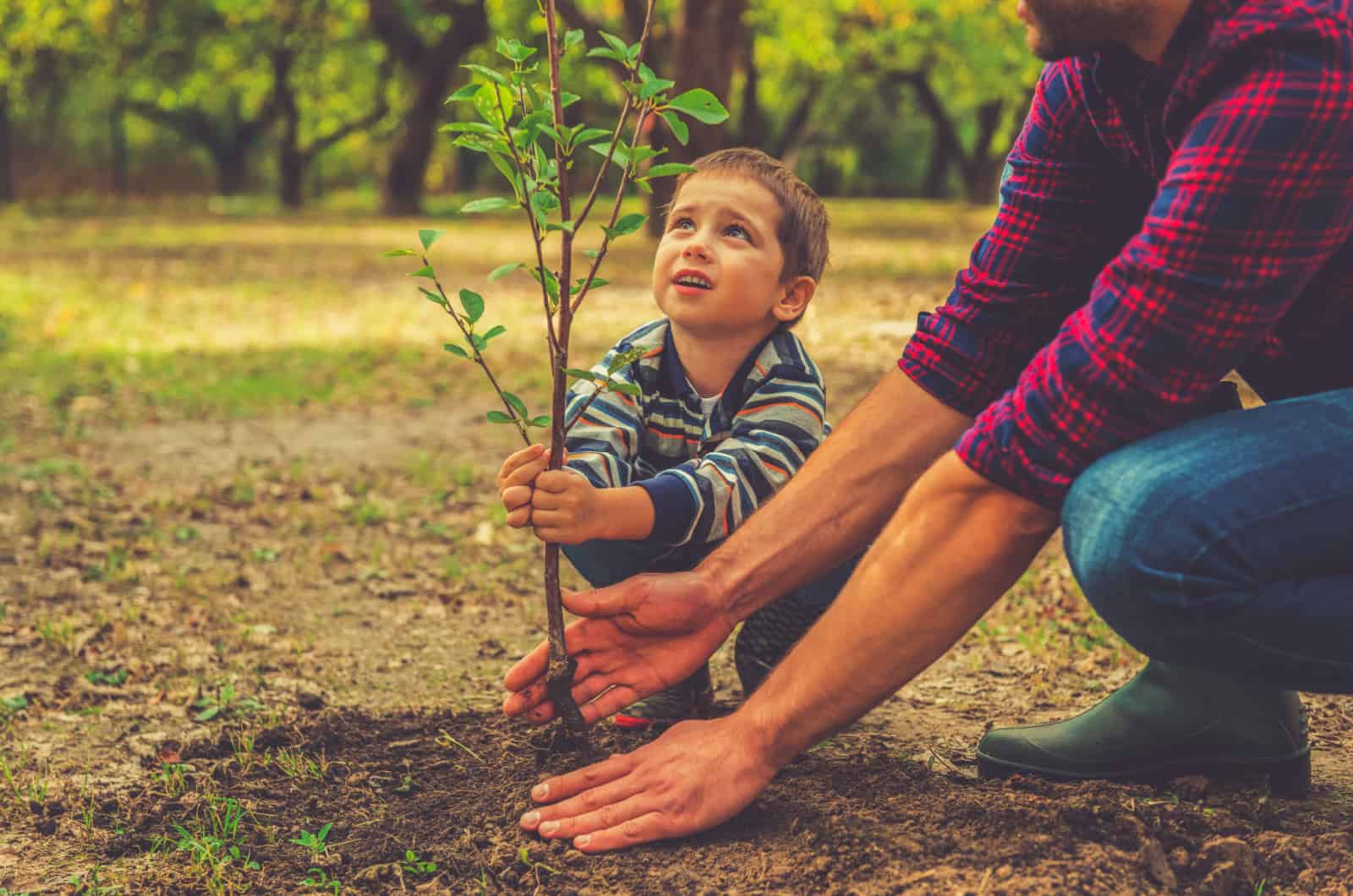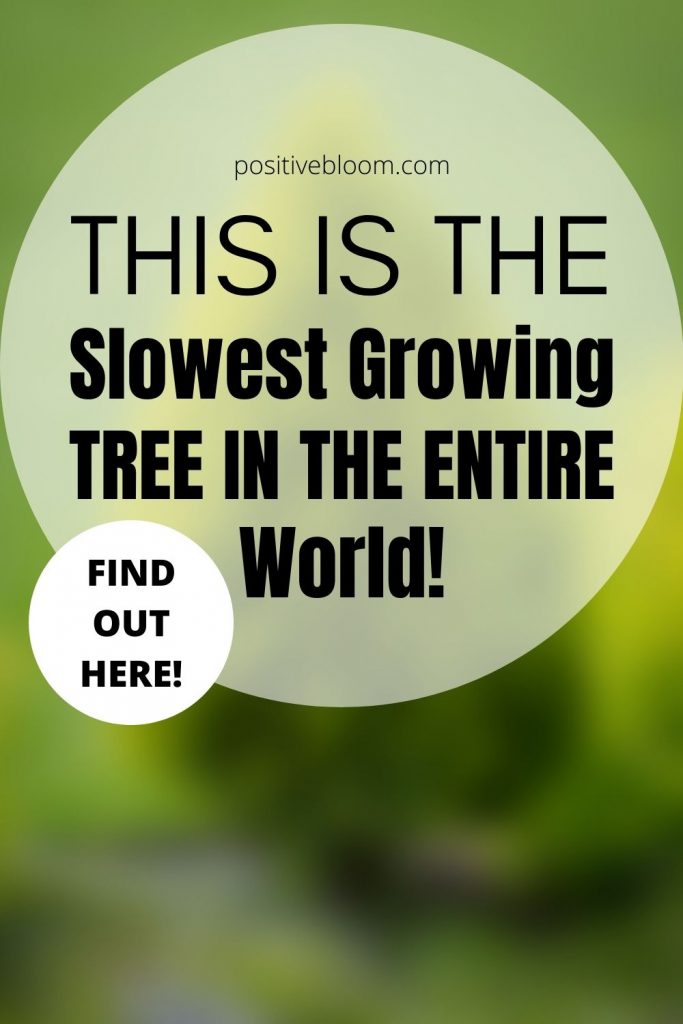It’s common knowledge that trees generally grow much slower than plants. However, different types of trees also have different growth rates.
You have fast-growing trees that can start producing fruit in a couple of years, like the Lemon Ball Sedum, and ones that grow relatively slowly, like the majority of Oak trees. We often look for fast-growing tree species, especially when we want to decorate our garden quickly.
Although some types of trees take their sweet time to grow and develop, they grow very beautifully and firmly.
If you have ever wondered what the slowest growing tree is, keep reading as we are going to discuss it, and also mention some of the common slow-growing tree species and types of fast-growing trees.
Let’s get started!
What Is The World’s Slowest-growing Tree?
The slowest growing tree in the World is the famous White Cedar tree, otherwise known as Thuja-occidentalis, which is about 155 years old. It has only grown 4 inches!
This tree is located in Canada; to be more specific, it can be found in the Canadian Great Lakes area.
It is an evergreen tree that can adapt to various growing conditions, which is why it is often found in places where trees are not commonly found (like rocky regions). This tree is also an Arborvitae species — Arborvitae means “the tree of life”.
It has green, needle-like foliage, and it grows relatively slowly. The average growth rate of a White Cedar tree is from 13 to 24 inches per year. However, growing conditions can affect the growth rate greatly.
So, even though our little Canadian buddy is healthy and happy, it grows slowly due to its environment. These types of trees can live to be 700 years old, so maybe in a couple of hundred years it will grow up to 10 inches tall!
Common Slow-growing Trees
Now we have covered the World’s slowest-growing tree, let’s discuss its relatives — that is, other common slow-growing trees.
Keep reading to find out all you need to know and pick one for yourself!
1. Serbian Spruce Tree
One of the slowest-growing trees comes from the deep forests of the Balkans. The Serbian Spruce tree, also known as the Sky Trails, is a tall, coniferous, evergreen tree that belongs to the family Pinaceae. Its mature height can reach up to 35 feet, and it is about 10 feet wide.
The foliage is light green and needle-like, and it can grow perfectly in USDA hardiness zones 4 to 8.
This tree can grow about 12 inches per year, and it lives around 60 years. Due to its robust root system, it is not recommended to grow in backyards or near any properties.
2. Purple Lily Magnolia
The Lily magnolia is a popular flowering shrub. You can grow it next to your fence so that everyone can admire its magnificence and beauty. Numerous common names for the Lily magnolia exist, including Red magnolia, Tulip magnolia, Japanese magnolia, Purple magnolia, Mulan magnolia, Woody-orchid, and most likely a great number more.
Early in the spring, this tree blooms with purple or pink flowers, which you can enjoy for two weeks until they begin to wilt.
This deciduous shrub will enhance the appearance of your home, and is ideal for growing as a patio tree or as a foundation shrub.
It is native to southwest China, but it is commonly grown in Japan and all over China. The tree growth is relatively slow — it grows about 6 to 12 inches per year. It actually takes around 15 years for a Purple Lily Magnolia to reach its full height!
It thrives in USDA hardiness zones 5 to 9, and it can live up to 100 years. What’s also interesting is that you can prune it and keep growing this beautiful Magnolia as a shrub in your garden.
2. Don Egolf Redbud
The Don Egolf redbud, otherwise known as the Chinese redbud, is a slow-growing tree that prefers growing in warmer climates. It produces magnificent, pink flowers that grow rather densely, which is why this tree is often considered a shrub — this, and the fact that its mature height is about 10 feet, so it is a pretty small tree.
Slow growth is another characteristic, mainly because it takes 15 years to reach full height (just like Magnolias!). It also grows from 12 to 16 inches per year.
The Don Egolf redbud tree has a relatively short lifespan — it can live about 50 to 70 years. They are also susceptible to various pests and diseases, which makes their lifespans even shorter.
Please note that these trees thrive in USDA hardiness zones 6 to 9 if you are considering growing one. It truly looks beautiful, especially when grown as a hedge tree.
3. Japanese Maple Tree
This tree variant is considered to be one of the best low-maintenance trees out there!
They grow slowly, so planting these trees in pots may require a bit of extra attention. However, if they are planted in the ground, they will essentially take care of themselves.
The most well-known variety is the Japanese Red Maple tree, which has flamboyant red leaves that can’t help but draw attention. Japanese aesthetics are well captured by the Japanese Maple tree, which can be planted both indoors and outdoors.
While they produce green foliage throughout the summer, which becomes scarlet as October draws near, these red leaves are not always red. In addition to being exceedingly attractive, these green leaves exude harmony and calm.
They may thrive in a variety of soil types, but prefer a slightly acidic, well-draining environment. Warm temperatures and moderate sunlight are ideal for maple trees.
It grows about 12 to 24 inches in one year, and takes about 30 years to reach full height. However, growers usually grow Japanese Maple trees indoors or as Bonsai trees.
Read also: This Is How The Oldest Bonsai Tree In The Entire World Looks Like
4. Eastern Hemlock Tree
Tsuga canadensis is the scientific name for Eastern or Canadian hemlock. It is a tree with a long lifespan that can last more than 500 years.
This shade tree grows slowly to moderately by about 1-2 feet per year. This perennial may grow to a height of 100 feet because it has a lengthy lifespan.
It produces brown cones that are 1/2 to 1 inch in size, just like all other conifers. You will therefore have an unlimited supply of creative supplies for wreaths, flower projects, and other decorations if you choose to grow this tree.
The small needles of this plant can be a deciding factor due to their color. Eastern hemlock needles have a dark yellow-green upper surface and whitish undersides.
5. Bur Oak Tree
This is one of the most magnificent trees that is fit to grow in urban settings — meaning it won’t mess with your pipe system or properties.
The Bur Oak tree has a long lifespan; these trees can live for 300 years or more!
So, it takes its sweet time to grow and develop, which is why it is considered to be one of the slowest-growing trees out there — it grows only about 12 inches per year.
6. Japanese Yew
Botanists refer to this slow-growing evergreen shrub as Taxus cuspidata, and there are cultivars you can plant in pots, although their size would be restricted.
It typically stands around 6.5 feet tall, but in its natural environment it can reach a height of about 30 feet.
Its red berries are one of the things that attract farmers from all over the world to it. Despite not being edible, they are nonetheless a beautiful adornment.
Whether you need a hedge, topiary, or privacy screen, its fine-textured, dark green needles are ideal for landscape design.
7. Japanese Umbrella Pine
Pine trees are the ideal privacy screen for a country home because they offer enough shade to hang a hammock and read a book.
This cultivar features branches that are especially dense with dark green needles.
Because it grows slowly, the Japanese umbrella pine may take many years to reach its full size of 25–40 feet.
This pine tree can grow to a height of 100 feet in its native environment, but it might take it 100 years to get there!
Last, but not least, despite the fact that this pine’s roots aren’t particularly invasive, you shouldn’t plant it close to your home or sewage lines. Many gardeners have had clogged pipes; however, bleach can be used to eliminate tree roots in pipes.
What Is The Fastest Growing Tree?
The fastest-growing tree in the World is definitely the Thuja Green Giant. This evergreen tree can grow from 3 to 5 feet each year. However, the growing conditions have to be met in order for the tree to grow fast and vigorously.
The Thuja Green Giant thrives in USDA hardiness zones 5 to 9, and it is extremely versatile, disease and insect-resistant, and also drought-tolerant. It grows uniformly in height and shape without requiring pruning or shearing, making it a well-liked and low-maintenance option for many house owners.
When fully grown, it stands at 30 to 40 feet fall and can reach 15 to 20 feet after just three years. The Thuja Green Giant Tree grows fast and is also remarkably sturdy.
If you want a big tree in your garden relatively quickly, then check out these faster-growing trees that can fit perfectly into any garden!
Types Of Fast-growing Trees
1. Crape Myrtle (Lagerstroemia Hybrids)
The low-maintenance, evergreen, Crape myrtle, commonly called the “lilac of the South,” has lovely, pink flowers and vibrant green foliage. Despite their ability to endure some cold weather, these trees prefer growing in full light and warm temperatures.
They only require light watering. Some varieties of this tree grow quickly. You might need to prune this tree sometimes to keep it in shape as it frequently produces suckers.
2. Chitalpa Tashkentensis
The Chitalpa Tashkentensis is a medium sized tree that has gorgeous, vivid purple blossoms. It is a low-maintenance tree that grows quickly and makes long, pointed leaves that are a rich green color. They mix beautifully with their blossoms.
USDA hardiness zones 6 to 12 are ideal for these trees to flourish.
Red Yuccas can also be grown for various ornamental purposes alongside California lilacs because they go well with these trees.
3. Eucalyptus Trees
Another fast-growing evergreen tree that is ideal for your garden is the eucalyptus. It can grow up to 200 feet tall and is resistant to deer.
You could always find a tiny tree that only grows to be 30 feet tall; there are numerous varieties. For more privacy, there are also eucalyptus trees that are medium and large in size.
From late February to early July, this tree even produces magnificent flowers. However, the precise blooming time varies depending on the region and lasts around three months.
Blossoms don’t have petals and last for about 1-2 weeks. They appear as tiny, fluffy, white, lime green, bright orange, fiery red, and luscious pink caps. As they age, the leaves get a darker blue-green or silvery-green oval look.
It is important to note that eucalyptus trees cannot tolerate damp soil. Therefore, you must constantly be on the lookout for root rot symptoms and begin treating your plant as soon as you become aware of them.
4. Fiddle Leaf Fig
Let’s finish this list with a type of tree that is also commonly grown as a houseplant. It is also considered to be one of the best low-light indoor trees!
The large, dark green leaves of this plant provide a lovely canopy over the trunk, but they can be too much in some areas, especially those with limited space. This plant requires large spaces where it can flourish.
Inadequate irrigation (under or overwatering) and improper location are the underlying causes of many fiddle leaf fig problems, including yellow leaves, black patches, brown spots, and droopiness.
Keep this plant away from west-facing windows as it cannot stand direct sunlight, especially during the midday and afternoon hours.
Although this plant can handle certain lower light levels, strong indirect light is preferred for its appearance.
Plant this quickly growing tree in soil that drains well, water it just when the soil starts to dry out, and raise the humidity to 50%.
Tips To Make Your Tree Grow Faster
Even though the growth rate mostly depends on the species, there are always a few tips and tricks that you can use to make your tree grow faster.
These are some of the best tips for accelerating tree growth:
• Choose the right tree species — you have to take into consideration the climate in your region when choosing a tree for your garden. Some of the tree varieties can endure the cold weather, while some can’t tolerate direct sunlight, so choose wisely.
• Test your soil — it’s always a good idea to test your soil before planting anything in your garden. You need to pay attention to the soil type and the pH levels of the soil, especially with trees that have certain preferences (for instance, some trees like more acidic soils).
• Secure enough space — many trees grow vigorously. If you don’t provide them with enough space to grow and develop, you will end up with a leggy tree. This is really important to the tree’s roots as well because they tend to spread easily.
• Water thoroughly — watering your trees is crucial for keeping them healthy and happy. Make sure to water thoroughly so that enough water can reach the roots. Check your tree’s care guide and water accordingly to avoid drowning the tree.
• Fertilize the tree — fertilizers contain nutrients that encourage new growth and leaf production. The tree’s roots will absorb these nutrients, which will eventually lead to quicker growth.
• Add mulch — you should add mulch around the trees. Mulching the area around your trees can help tremendously with their growth. Mulch enriches the soil with nutrients while also enhancing water retention. Additionally, it deters weeds and stops them from eating your plant.
• Prune your tree — if done correctly, tree cutting and pruning can accelerate growth. It is a fantastic approach to getting rid of dead branches and making room for fresh development. Furthermore, cutting off sick and infected tree branches protects the entire plant from a widespread infestation.
To Sum Up
Now that you know some of the slowest-growing trees in the world, you can try and grow them in your own backyard!
After planting, make sure that you take good care of your tree because it will be there for a while. You can even grow old with your tree, though it might still look like you have just planted it.
Nonetheless, growing trees is a truly unique experience. At some point, you start to look at your tree like a family member. I remember when my dad cut down the tree in our backyard, I cried for the entire day!
The good thing is you can always plant a new one. 🙂
I hope this article was helpful.
Until next time!
Like this post? Share or pin it for later!

